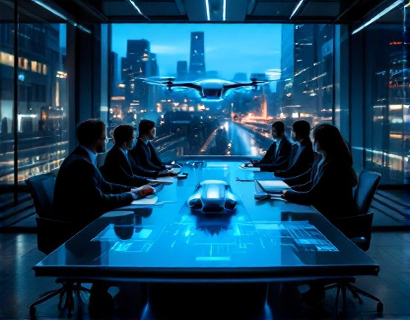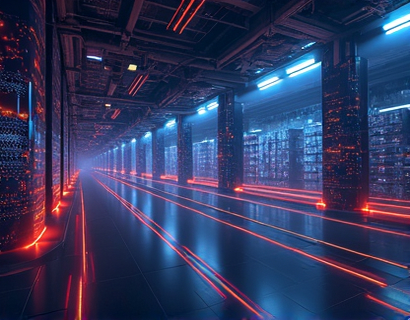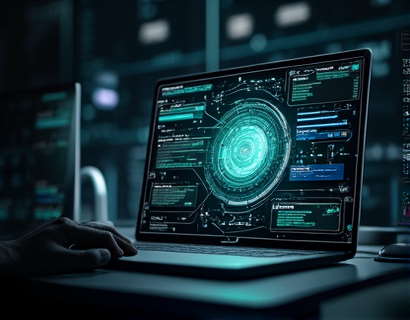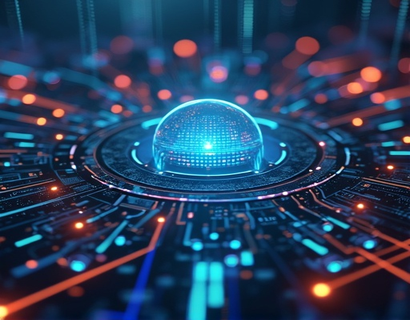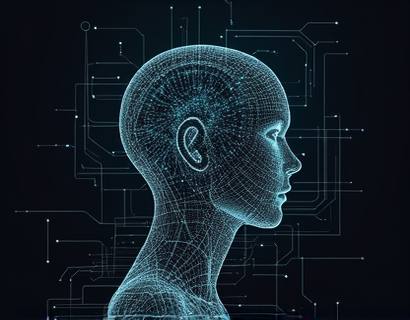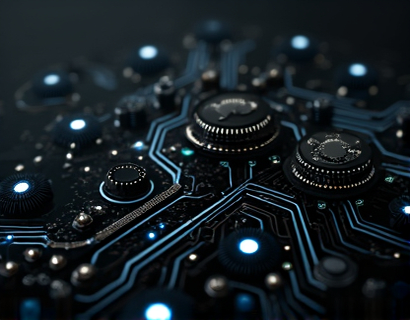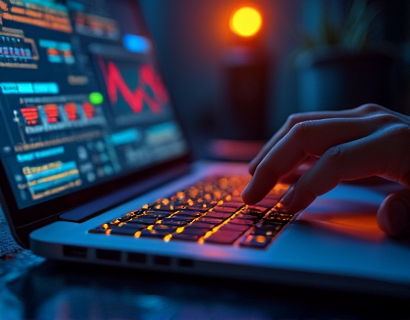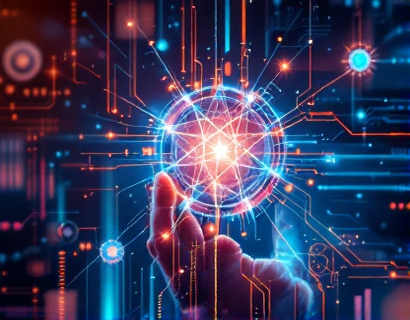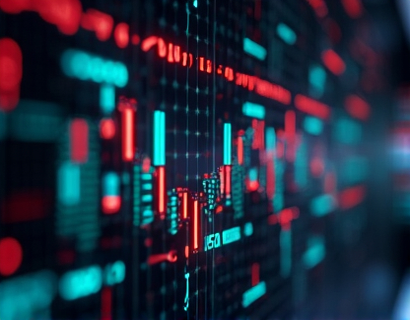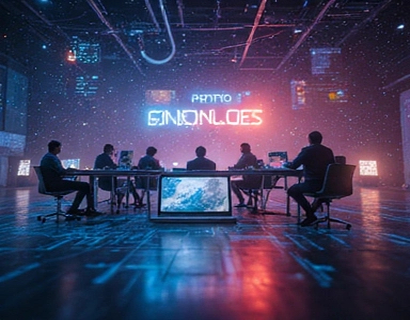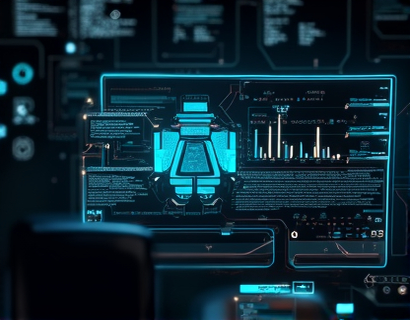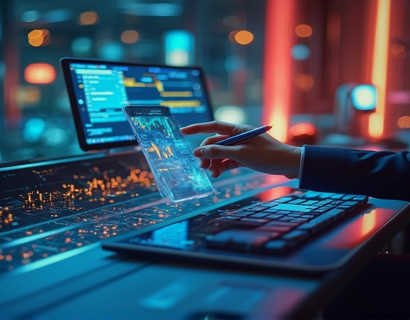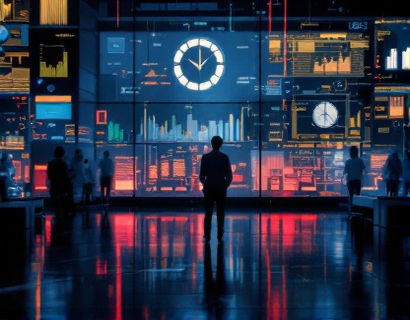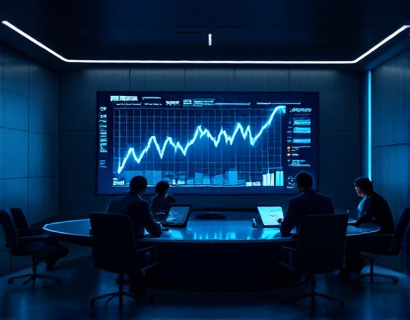Decentralized Innovation: Synergizing AI and Crypto for Next-Gen Digital Transformation
The intersection of artificial intelligence (AI) and cryptocurrency is giving rise to a new era of digital transformation, one that promises to redefine how we interact with technology and each other. This synergy, often referred to as the Ucosystem, is a decentralized framework where AI and crypto converge to create innovative applications and services. The Ucosystem leverages the strengths of both technologies to offer solutions that are not only more efficient and secure but also more inclusive and user-centric. This article delves into the dynamics of this emerging field, exploring how AI and crypto are synergizing to drive the next wave of digital innovation.
Understanding the Ucosystem
The Ucosystem is a decentralized environment where blockchain technology serves as the backbone, ensuring transparency, security, and decentralization. AI, with its ability to process vast amounts of data and learn from patterns, enhances the capabilities of blockchain-based systems. Together, they form a powerful duo that can address complex challenges across various industries, from finance and healthcare to supply chain and beyond.
At the core of the Ucosystem is the concept of decentralization. Unlike traditional centralized systems, the Ucosystem distributes control and data across a network of nodes, eliminating single points of failure and reducing the risk of censorship and manipulation. This decentralized nature ensures that the system is resilient and adaptable, key attributes for the evolving digital landscape.
AI in the Ucosystem
AI plays a pivotal role in the Ucosystem by providing intelligent solutions that can automate, optimize, and enhance various processes. Machine learning algorithms can analyze blockchain data to identify trends, predict outcomes, and make informed decisions. For instance, in the realm of smart contracts, AI can help in drafting more efficient and secure agreements by analyzing past transactions and suggesting optimal terms.
Moreover, AI-driven analytics can improve the functionality of decentralized applications (dApps). By integrating AI, dApps can offer personalized user experiences, predictive maintenance, and real-time insights. For example, in the healthcare sector, AI can process medical data stored on a blockchain to provide accurate diagnoses and treatment recommendations, all while maintaining patient privacy and data integrity.
Crypto and AI: A Symbiotic Relationship
The relationship between cryptocurrency and AI is mutually beneficial. Cryptocurrency provides the necessary financial incentives and infrastructure for AI projects to thrive. Blockchain-based tokens can be used to reward developers, incentivize data contributors, and fund AI research and development. This token-driven ecosystem fosters innovation by aligning the interests of various stakeholders and creating a self-sustaining model.
On the other hand, AI enhances the utility and security of cryptocurrencies. AI algorithms can detect and prevent fraudulent activities, such as money laundering and scams, by analyzing transaction patterns and identifying anomalies. Smart contracts, powered by AI, can execute transactions with higher precision and lower risks, ensuring that agreements are fulfilled as per the agreed terms.
Decentralized AI-Powered Ecosystem
The decentralized AI-powered ecosystem is where the true potential of AI and crypto converges. This ecosystem is built on open protocols and standards, allowing for interoperability and collaboration among different platforms and applications. It enables the creation of a robust network where data and computational resources are shared and utilized efficiently.
One of the key features of this ecosystem is the use of decentralized machine learning (DLM). DLM allows AI models to be trained across multiple nodes, leveraging the collective computing power of the network. This not only accelerates the training process but also ensures that the models are robust and unbiased, as they are trained on diverse and decentralized data sets.
Another significant aspect is the concept of decentralized data markets. In this model, data owners can monetize their data by selling access to it on a blockchain-based platform. AI algorithms can then purchase and utilize this data to improve their performance, creating a win-win situation for both data providers and AI developers. This approach promotes data privacy and ownership while fostering a vibrant ecosystem of data-driven innovations.
Use Cases of Decentralized AI-Powered Solutions
The applications of decentralized AI-powered solutions are vast and varied. Here are a few notable use cases that highlight the transformative impact of the Ucosystem:
- Supply Chain Management: AI can optimize supply chain operations by predicting demand, managing inventory, and detecting fraud. Blockchain ensures transparency and traceability, allowing all stakeholders to track the movement of goods in real-time.
- Financial Services: Decentralized finance (DeFi) platforms leverage AI to offer innovative financial products and services, such as automated lending, algorithmic trading, and risk management. AI-driven analytics can help in assessing creditworthiness and detecting market trends, enhancing the efficiency and accessibility of financial services.
- Healthcare: AI-powered diagnostic tools can analyze medical data stored on a blockchain to provide accurate and timely diagnoses. Telemedicine platforms can use AI to offer personalized health advice and monitor patient conditions remotely, improving healthcare outcomes and reducing costs.
- Internet of Things (IoT): AI can process and analyze the vast amounts of data generated by IoT devices, enabling smart homes, cities, and industries. Blockchain ensures secure and decentralized data storage and sharing, protecting user privacy and preventing data breaches.
These use cases demonstrate how the synergy of AI and crypto can lead to more efficient, secure, and user-friendly digital solutions. The Ucosystem is poised to revolutionize various industries by providing decentralized, AI-enhanced alternatives to traditional systems.
Challenges and Future Prospects
Despite its promising potential, the Ucosystem faces several challenges that need to be addressed for widespread adoption. One of the primary challenges is scalability. Current blockchain technologies struggle to handle high transaction volumes, which can limit the practicality of AI-powered applications. Research into more efficient consensus mechanisms and layer 2 solutions is crucial to overcoming this hurdle.
Another challenge is the regulatory landscape. The intersection of AI and crypto operates in a relatively uncharted legal territory, with varying regulations across different jurisdictions. Clear and supportive policies are needed to foster innovation while ensuring consumer protection and preventing misuse.
Looking ahead, the future of the Ucosystem is bright. Advancements in blockchain technology, such as sharding and cross-chain interoperability, will enhance scalability and performance. The integration of AI with emerging technologies like quantum computing and edge computing will further expand the capabilities of decentralized applications. As more developers and businesses recognize the potential of the Ucosystem, we can expect a surge in innovative projects and a more robust ecosystem.
In conclusion, the synergy between AI and crypto is paving the way for a new era of digital transformation. The Ucosystem offers a decentralized, secure, and innovative platform where AI and blockchain technologies collaborate to create next-generation digital solutions. By addressing the current challenges and embracing the future prospects, the Ucosystem has the potential to redefine the digital landscape and unlock unprecedented opportunities for all participants.



